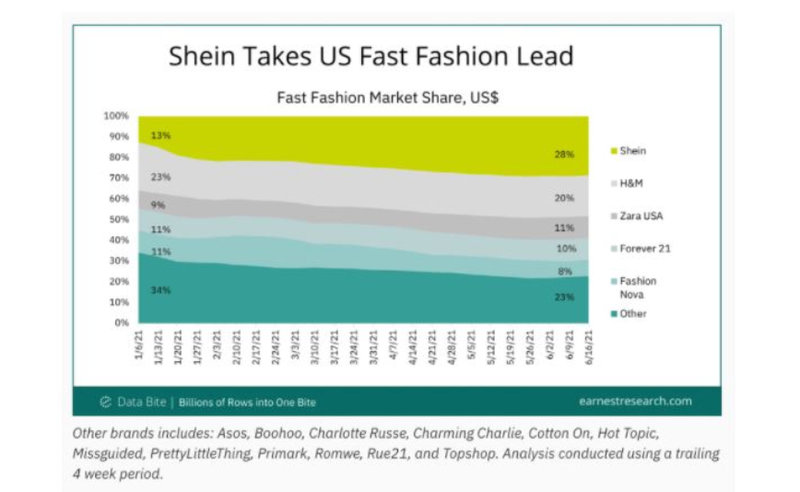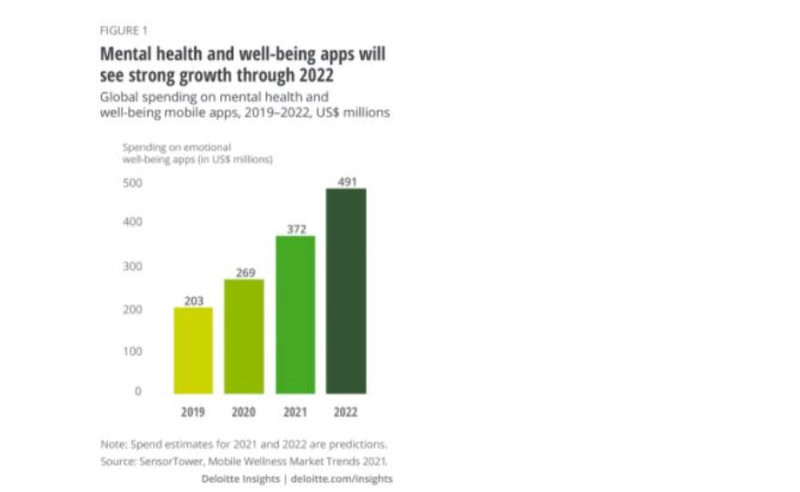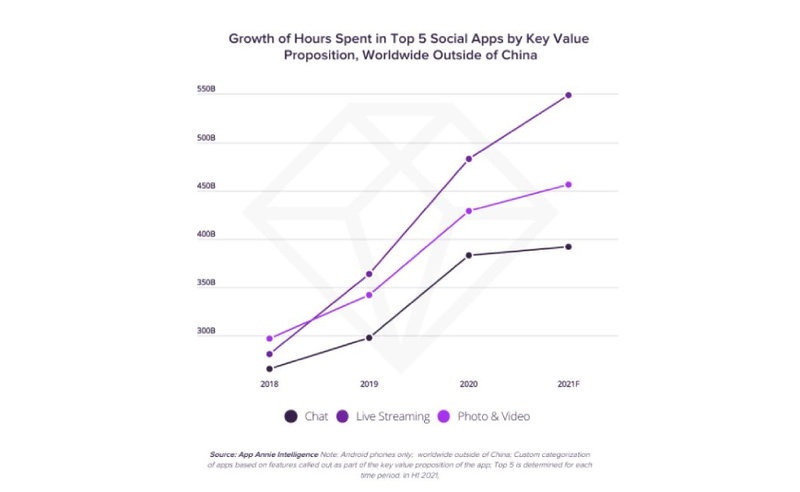Less meat, less sugar, less alcohol, less shopping, less time on social media. Instead, more plant-based food, more sport, more homemade food, more reused food, more analogue contacts, more time out from constant stress. At least, that’s what has been happening in recent years. Sustainability is the magic word. But what do the statistics say? Is our consumption really becoming more conscious, or is it still just a niche and a bit of a fantasy?
A sustainable, plant-based diet seems to be what everyone is talking about right now. Supermarket shelves are filling up with more and more animal-free alternatives to milk, meat, eggs and fish. And at the beginning of the year, countless posters and online advertisements drew attention to Veganuary – vegan January.
There is undoubtedly a change in thinking taking place. The number of vegans in Switzerland doubled in 2021. The sales trend of plant-based proteins is also going steeply upwards. In 2020, the market value of plant-based meat was estimated at USD 6.7 billion worldwide. This figure is expected to reach about USD 16.7 billion in 2026.

But what is the reality outside the media bubble? Are we as a global community actually eating less meat and more plants? Not at all. Global meat consumption continues to rise unabated. Most of the growth comes from low- and middle-income countries where prosperity is steadily increasing. In Switzerland, too, the number of people who do without meat is still low: although meat consumption has been declining slightly for years, vegetarians and vegans accounted for less than five per cent of the total population in 2021. In other words: a whopping 95 per cent of all Swiss people still have animal products on their plates.

Refuse, reduce, reuse, repurpose, recycle. These five Rs are intended to counter waste and the excessive consumption of resources, especially in the fashion sector. This is because the fashion industry is responsible for about eight to 10 per cent of global CO2 emissions and for almost 20 per cent of wastewater pollution.
Swap meets, renting outfits and, of course, second-hand concepts are becoming increasingly popular. According to an analysis by the market research company Global Data, the resale market is growing 11 times faster than traditional fashion retail. By 2030, the market is expected to be worth USD 84 billion, while fast fashion is predicted to be worth around USD 40 billion.
The Chinese online company Shein is known for its collections that change almost daily at extremely low prices. This concept seems to be especially popular among young consumer groups in particular. According to Earnest Research, an analytics company that collects and analyses credit card data, Shein’s sales increased by a whopping 160 per cent from January to June 2021. According to Earnest, Shein now controls 28 per cent of the US fast-fashion market, surpassing incumbents H&M, Zara, Forever 21 and Fashion Nova.

Even the online giant Amazon has already had to fall in line behind the Chinese: in May 2021, Shein became the most popular shopping app in the US by new downloads on both Android and iOS. The fast fashion e-commerce app has thus taken the crown from Amazon as the number one app in the shopping category. An end to fast fashion is far from in sight with regard to this development.
Extraordinary times – such as a pandemic – put not only our physical but also our mental health to the test. Uncertainty, anxiety, worries and fears are on the rise, as shown by the workloads of psychotherapists and the sometimes very long waiting times for treatment.
Under these conditions, it comes as little surprise that people also seek support for their mental health via apps. After all, they are available on-demand and on-the-go, with no waiting time at all. According to Orcha, the Organisation for the Review of Care and Health Applications, the pandemic has led to a huge increase in health app downloads, particularly mental health apps, which have seen a 200 per cent increase in downloads. Deloitte Global predicts that global spending on mental health mobile apps will reach nearly $500 million by 2022.

Many people are becoming aware that their mental wellbeing is suffering. It has also been proven by a large number of studies that spending too much time on screens is detrimental to our health – both physically and mentally. High screen time negatively affects our brain power, our vision, our posture, our sleep, our weight and can even lead to depression.

Yet we often spend several hours a day aimlessly scrolling through social media. In the second quarter of 2021, users spent a whopping 740 billion hours on social apps, representing 44 per cent of all time spent using a mobile.
Video platform Tiktok has taken mobile users by storm. TikTok’s global user base grew 1,158 per cent between January 2018 and July 2020, and the app now has one billion monthly users. TikTok is also the most active social media app. In 2019, a staggering 68 billion hours were spent on TikTok. An important part of the recipe for success lies in the design: very short videos, ease of use and artificial intelligence that learns extremely quickly which videos users like and subsequently shows them more of this content. This leads to longer use of TikTok than users originally intend. Mindfulness? Not so much.
More meat, more alternative proteins. More second-hand, more fast fashion. More mental health, more social media. The figures on consumer behaviour seem contradictory, although developments point to a rethink, to a questioning of the status quo and to an ongoing change in consumer behaviour. Nevertheless, convenience, ease and ultimately price are still strong drivers. And as long as cheap and readily available animal-based food, clothing and digital entertainment continue to exist, these products will also find a market. Whether you like it or not.
So what’s next for sustainable consumption? Will it remain a niche in the luxury market, a privilege for high earners? Or can clever innovations bring low-cost sustainability into the mainstream? So that in the end the trend towards sustainability – towards less – can prevail over the counter-trend towards abundance – towards more? All for the good of our thirst for consumption and the planet?